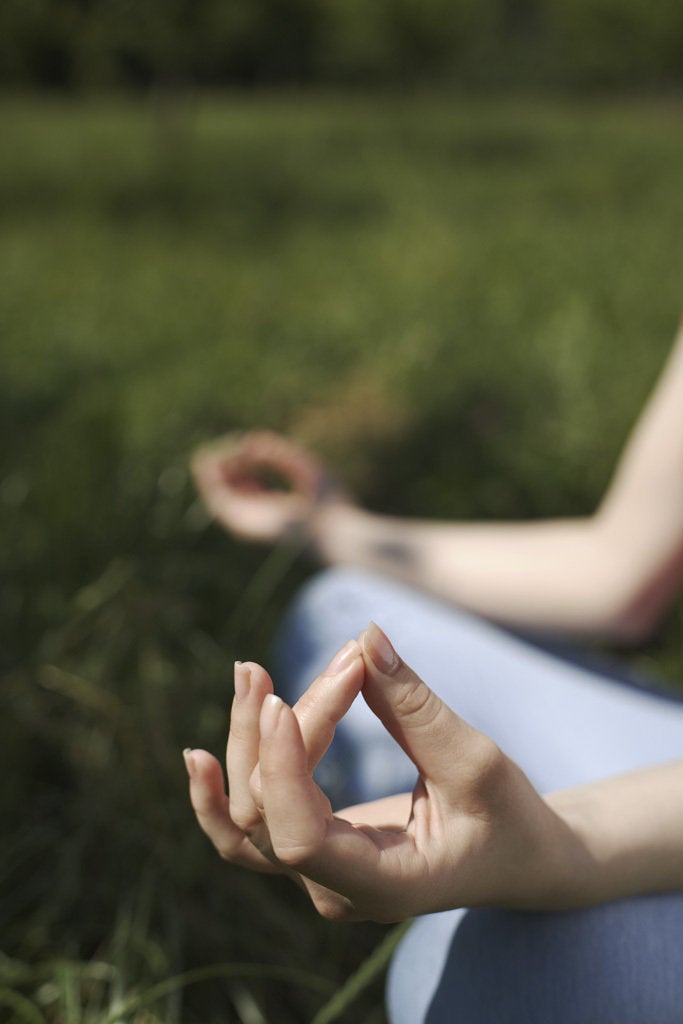
In Buddhism there is a lot of discussion about cultivating mindfulness and awareness. In a nutshell, mindfulness is the ability to pay attention to something, to hold your attention to a particular object or activity. The key is to stabilize our focus so we are able to compensate for the habit of our mind just jumping around like a frog from topic to topic. It is a very basic but potent capacity that we can develop. We can apply that mindfulness to any topic -- compassion, impermanence, practical matters, the body, and to the mind itself to gain greater insight into what our mind is and how it works.
Awareness is somewhat more sophisticated. We could even ask: who is aware of what? Awareness is more panoramic, more of a 360° notion. The idea of subject and object is less important. Awareness is like a field or an atmosphere in which everything is simultaneously illuminated, including the nature of the subject and the object. This is what Buddhists mean when they talk about awareness being non-dual. It is said that stabilized non-dual awareness maintained through day and night is the nature of the mind of the Buddha, and is in fact the essential quality of our own natural mind.
In training ourselves through meditation, it is very practical to start with mindfulness practice to pull the mind in from a habitual state of distraction into a focused and clear state. This takes considerable effort and exertion since we are breaking our normal habit of mentally skipping around all over the place. If we can then just relax further into that openness and clarity, it is possible to recognize a more natural quality of spontaneous awareness, which does not require so much effort to sustain.
Some teachers these days emphasize jumping right into that non-dual awareness. In traditional terms, this would represent the more "sudden" approach to enlightenment. "Just do it, just leap right into it. It is right there ... why waste time doing all that slow and painful cultivation? Why develop patience, friendliness, compassion, exertion, discipline, and ethical conduct when these things are yours already by your very nature? Why not just recognize your vast and expansive nature and cut through to that? Just let go of all your habits and patterns that constrict you to a smaller view of who and what you are. Become your true Self, your Big Self, Buddha, enlightened, whatever you want to call it.... Right on the spot, right here, right now, right here at this Weekend Enlightenment Intensive!" Those are good questions, right?
Both the gradual and sudden paths acknowledge that our true nature is like the sun, and our habitual patterns are like clouds that are obstructing the sun's natural brilliance. Perhaps the gradual path acknowledges that even though those clouds are ephemeral, due to our longtime habits of mind they appear quite real to us. They do not blow away simply because we believe the sun is out there somewhere behind them. When we're depressed or pissed off, when we're craving company or boysenberry sorbet, it can feel quite real and solid, can't it?
So really, whereas the gradual and sudden paths share the same view regarding our true nature, you could say that the gradual path utilizes the skillful means of working deliberately, carefully and thoroughly with all the so-called "obstacles" to recognizing and abiding in pure natural un-obstructed awareness. The sudden path is oriented toward pushing the student into seeing that nature, that unconditioned awareness, and unplugging the mind from taking seemingly solid obstacles as having any kind of substantial reality.
The debate between these two approaches has actually been going on for centuries. In some sense, the sudden path emphasizes emptiness and the gradual path emphasizes form. As usual, we end up painted into a corner if we solidify one and negate the other. What do you think?
Follow David on his website (www.davidnichtern.com), facebook (facebook.com/davidnichtern), or twitter (twitter.com/davidnichtern). ****
 David Nichtern and Cyndi Lee's DVD, Om Yoga and Meditation is available through Amazon.com.
David Nichtern and Cyndi Lee's DVD, Om Yoga and Meditation is available through Amazon.com.